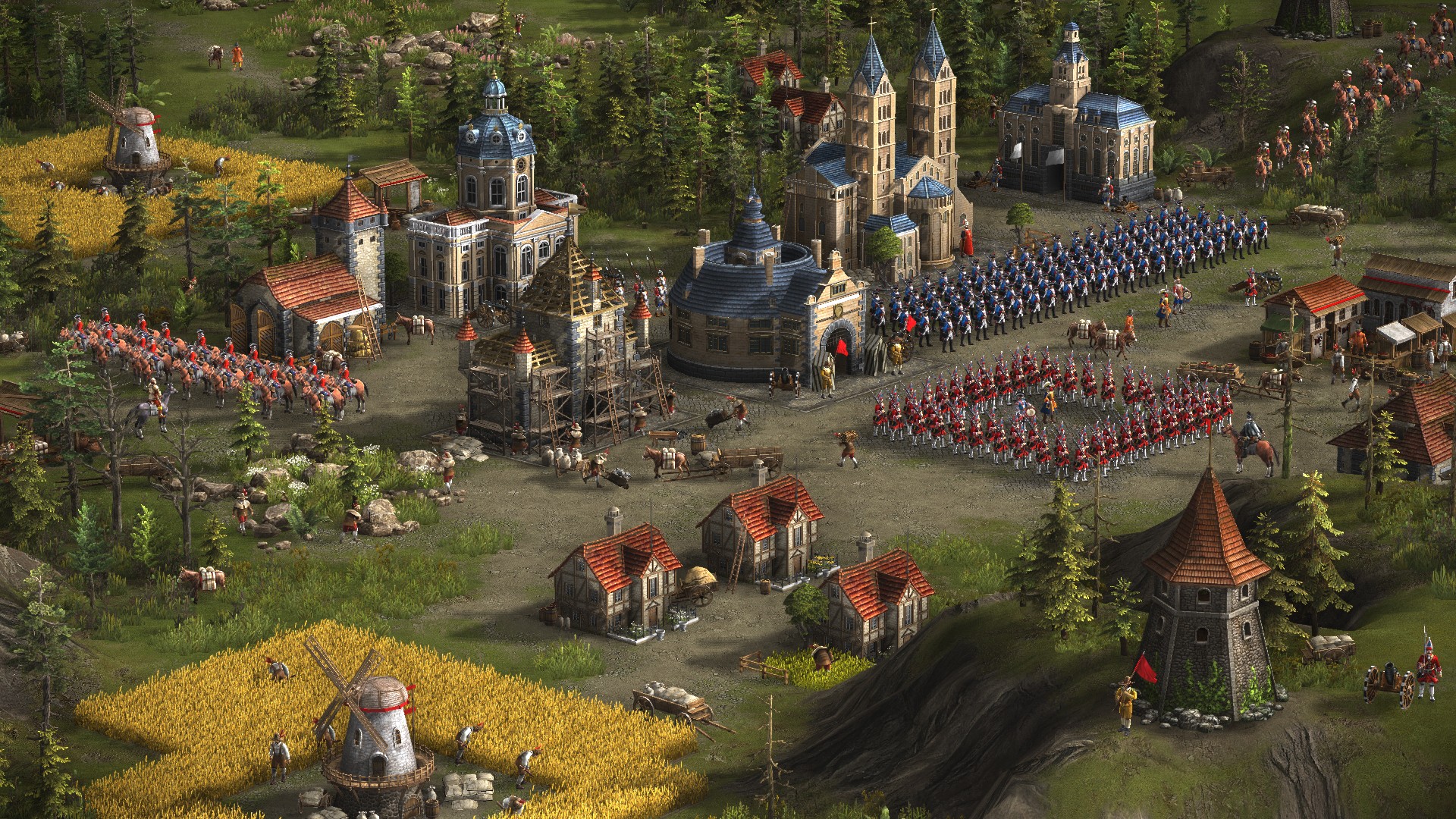
Later in life, he would recall being fascinated and stimulated by colour as a child. He studied many fields while in school, including law and economics. Kandinsky learned from a variety of sources while in Moscow. One of his great-grandmothers was Princess Gantimurova, a Mongolian princess.

Kandinsky was born in Moscow, the son of Lidia Ticheeva and Vasily Silvestrovich Kandinsky, a tea merchant. He called this devotion to inner beauty, fervor of spirit, and spiritual desire inner necessity it was a central aspect of his art. Kandinsky's creation of abstract work followed a long period of development and maturation of intense thought based on his artistic experiences.

He then moved to France, where he lived for the rest of his life, becoming a French citizen in 1939 and producing some of his most prominent art. There he taught at the Bauhaus school of art and architecture from 1922 until the Nazis closed it in 1933. was foreign to the argumentative materialism of Soviet society", and opportunities beckoned in Germany, to which he returned in 1920. Following the Russian Revolution, Kandinsky "became an insider in the cultural administration of Anatoly Lunacharsky" and helped establish the Museum of the Culture of Painting. He returned to Moscow in 1914, after the outbreak of World War I. In 1896, Kandinsky settled in Munich, studying first at Anton Ažbe's private school and then at the Academy of Fine Arts. Successful in his profession-he was offered a professorship (chair of Roman Law) at the University of Dorpat (today Tartu, Estonia)-Kandinsky began painting studies (life-drawing, sketching and anatomy) at the age of 30.

He enrolled at the University of Moscow, studying law and economics.

Born in Moscow, Kandinsky spent his childhood in Odessa (today Ukraine), where he graduated at Grekov Odessa Art school. Kandinsky is generally credited as the pioneer of abstract art. Vasiliy Vasilyevich Kandinskiy, IPA: 16 December 1866 – 13 December 1944) was a Russian painter and art theorist.


 0 kommentar(er)
0 kommentar(er)
